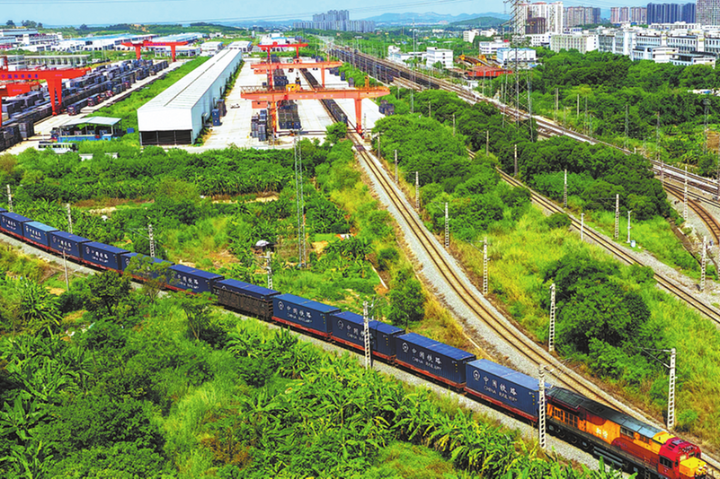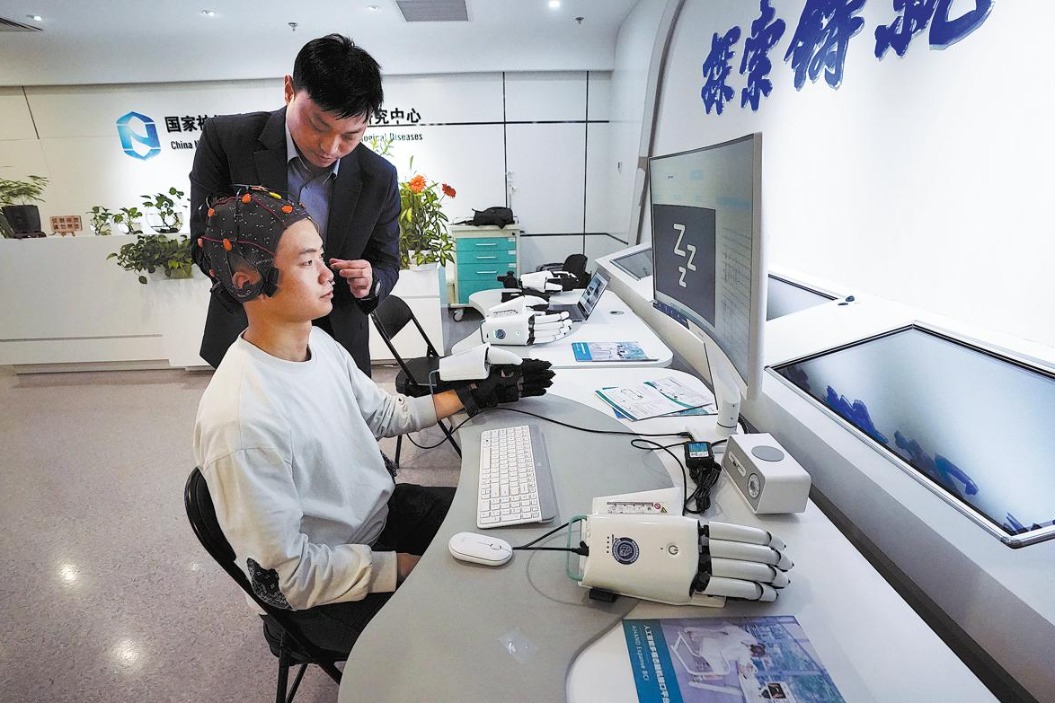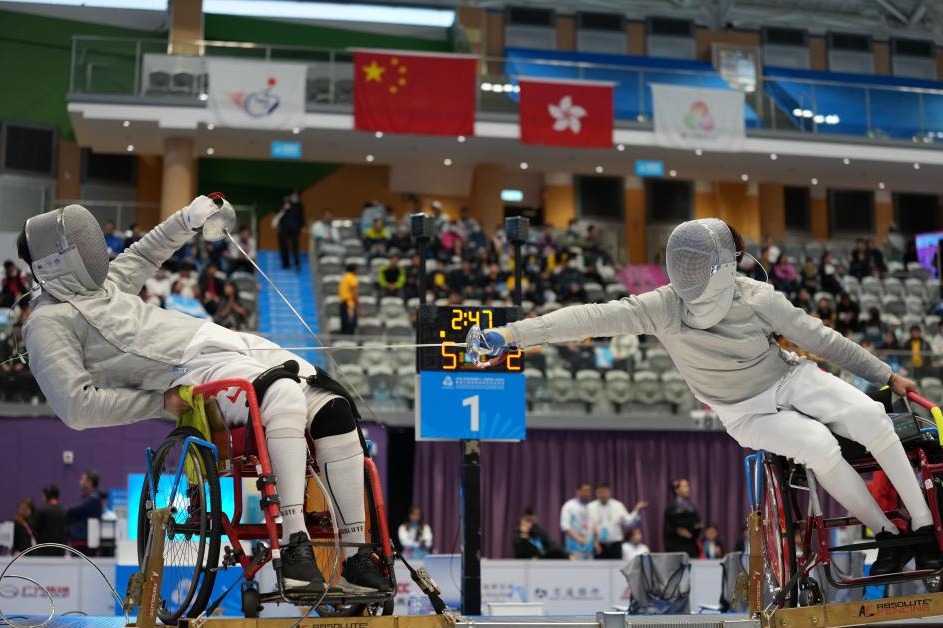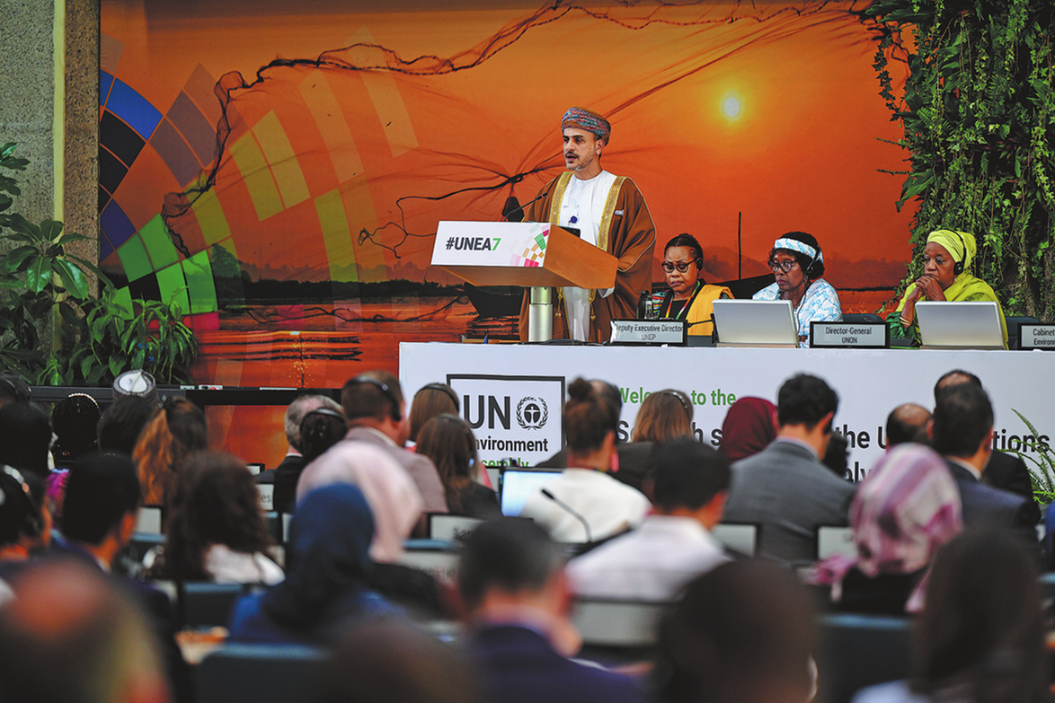China's urban planning made life easier during epidemic
By Kebinakgabo Tapiwa Barona | chinadaily.com.cn | Updated: 2020-04-16 11:40
To curb spread of COVID-19 epidemic outbreak, China took immediate steps. The Chinese government under President Xi Jinping's leadership devised a clear strategy containing vigorous measures against the epidemic so as to protect and save people's lives by stopping the virus from spreading further. China's measures against the virus have been so effective that my country Botswana with a population of 2.7 million, together with the rest of the world, can take it as a benchmark in strengthening their response mechanisms toward the outbreak.
China had to absorb the shock by mobilizing a variety of resources to be redirected toward tackling the epidemic. Wuhan has proven to be a resilient city, one that can endure the effects of the epidemic. Both recently constructed projects and existing infrastructure indeed passed the test, which included development of two massive hospitals as critical health infrastructures, namely Huoshenshan and Leishenshan hospitals.
With huge confidence, China broadcast live to the world the construction of Huoshenshan and Leishenshan hospitals. This was indeed an act of efficient construction, but more importantly, truly displayed the Chinese government's commitment toward saving lives. In addition, it revealed to the world China's quick and efficient crisis response capabilities.
In my view, both hospitals were placed on the most appropriate selecting site: the massive land designated for the development of the hospital was adequate to accommodate the construction of the whole facility; the site was easily accessible by a wide road allowing free traffic flow to reach and with strong connectivity to the rest of the cities and meanwhile to serve the medical quarantine requirement.
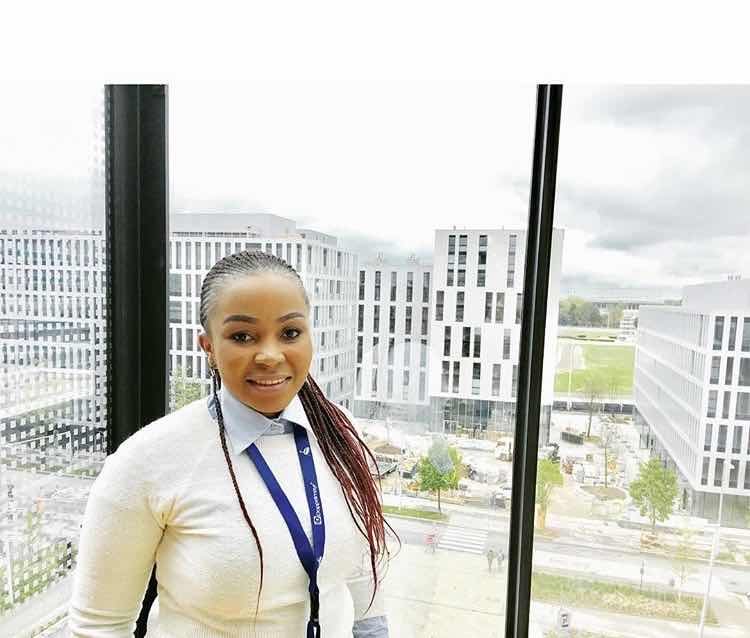
Supplies run smoothly
China leveraged its sustainable infrastructure to cope with the shift in demands for water supply, power and communication during difficult times. During the epidemic period, supply of power, water, and telecommunication was never cut off. Food industries, transportation sector and health industries (pharmaceutical and hospitals) maintained operations every day. Additionally, the existing strong communication infrastructure facilitated dissemination of real-time data surrounding epidemic to people in China and around the world.
Furthermore, at household level most activities were done at home for instance work, leisure, learning and communication, relied heavily on the infrastructure previously outlined. People were able to comfortably stay home and continue with their normal lives because all basic services were running as usual. Despite the situation, in my university YUFE, we never experienced any power cuts, water shortage or internet interference, the infrastructure ensured environment conducive to stay in and study.
Botswana, still at infancy stage in terms of infrastructure development, could take leaf from China's farsighted approach to rejuvenate their strategies. Also, considering the urge to maximize urbanization of cities, I believe countries could learn from China's experience to plan for and designate strategic sites when conducting urban planning for crises tackling and disaster relief projects.
Secure and safe
When people embark on emergency they mostly consider factors involving safety. Ensuring access to essential facilities like health clinic, store, hospital, police station, and bank becomes critical. Per my observation, I came to realize that almost all essential facilities were strategically located within reach to serve neighborhood ensuring sufficient supplies as well as convenience. Neighbors are designed to help each other; neighborhood are more like living organism meant to be self-sustained and somehow help stabilize the tension created by the epidemic.
Urban Planners worldwide currently preach the concept of "safer cities for all". As a female international student studying in China's Kunming , the capital city of Yunnan province, for the first time, I truly lived the concept of "safer cities" here and I appreciated it deeply during the epidemic.
During the epidemic, Kunming maintained its liveability as the streets were always kept clean even now. Not only Kunming, I presume this was the same in all cities in China.
The morphology of cities in China kept the cities alive. The feeling of loneliness became lessened by the beautiful views of city lights during the night and breathtaking natural landscapes of blooming trees during daytime. Cities of China have well developed open space and parks infrastructure to facilitate activities to occur so that it will be contributing specifically in rehabilitating people post suffered in the epidemic. They are characterized by green spaces that are well maintained, evenly distributed, with wide open walkways for people to walk comfortable, tress to provide shade, enough lighting, plenty of sitting areas and waste bins. In Kunming, I observed people's culture of walking and spending time with families around parks and open spaces. Therefore leisure activities become important in rehabilitating people's physical and mental health.

Valuable lesson
Planning of cities should somehow revolve around creating health conscious cities that integrate health principles in the city's fabric. China has shown amazing ability to create resilient and safer cities serviced by quality urban infrastructure that can still perform well even when epidemic occurred. This provides a great opportunity for China to deliver the concept "safe Cities", which allows for flourish life in all aspects despite any circumstances.
Personally, experiencing COVID-19 epidemic directly has been a valuable experience because it presented an opportunity for me to learn and improve greatly in various aspects. It has shifted the way I perceived efficiency in infrastructure development and urbanization for city planning, this would add to my professional development. As a government official in Botswana working as an urban planner by profession, I am now in a better position to offer a view to the leadership of my country using China's great experience, to provide concrete advise in policies making and infrastructure development plans.
Kebinakgabo Tapiwa Barona is a senior urban planner in the Ministry of Land Management, Water and Sanitation Service, Botswana. She is currently a Student of 2019 MOFCOM Project Management Master Degree Program.
The opinions expressed here are those of the writer and do not represent the views of China Daily and China Daily website.






